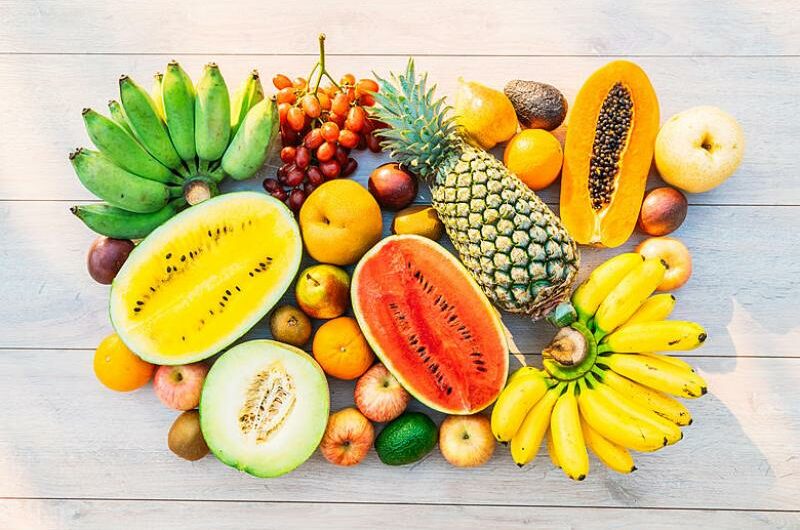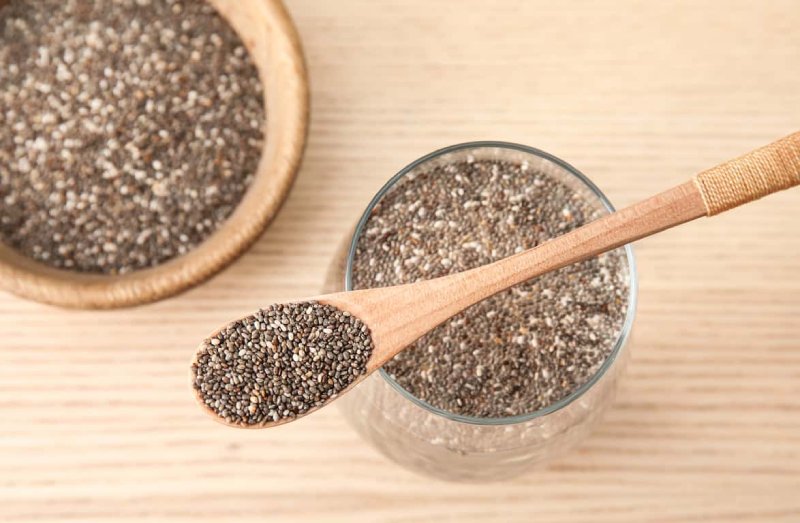Is a longer, better life expected from a whole-foods, plant-based diet combined with regular exercise, stress management, and community involvement?
According to experts in the Blue Zones, the answer is definitely yes.
The Blue Zones way of life has long existed, but it gained popularity on Netflix last year when it released the documentary series Live to 100: Secrets of the Blue Zones. The Blue Zones lifestyle even has its own frozen meal brand and meal planning service for its dietary component.
The Blue Zones diet includes a lot of the recommendations that dietitians have been making for decades, unlike trendy diets like Whole30 and keto.
Let’s examine what a Blue Zones diet comprises and whether it is appropriate for all individuals.
Blue Zones: What Are They?
Blue Zones are areas on Earth where people live longer lives and have better health than the average. Studies show that the rate of persons reaching 100 years old in Blue Zones is ten times higher than in the US.
The phrase “Blue Zones” was coined by scientists Gianni Pes and Michel Poulain, who highlighted areas with exceptional longevity on a map by drawing blue rings around them. These regions came to be known as “Blue Zones.”
There are five Blue Zones as of right now.
- Japan’s Okinawa
- Italy’s Sardinia
- Peninsula Nicoya in Costa Rica
- Greece’s Ikaria
- California’s Loma Linda
Because of their similarities in terms of diet, way of life, stress levels, and community involvement, blue zones are frequently cited as role models for healthy living. Some scientists believe that residents of Blue Zones have some of the best health and longest lifespans in the world because of these and other characteristics.
A portion of the earth can turn into a Blue Zone, according to The Blue Zones Project. In several American places, including Beach Cities, California; Albert Lea, Minnesota; Spencer, Iowa; and Fort Worth, Texas, among others, the project has already contributed to the creation of Blue Zones communities. The results are in: Several of these regions have reported savings on healthcare since the program’s introduction.
What is Health Span as Opposed to Lifespan?
Our lifespan is the amount of time we have on earth. The amount of time in a person’s life that they are in good health is known as their health span. Health span is sometimes less than longevity.
People who reside in Blue Zones are said to have longer lifespans, higher health spans, and happier, healthier lifestyles than the typical person worldwide. Still, it is challenging to measure this with objectivity.
How is the Diet in the Blue Zones?
The diet of the Blue Zones consists of 95–100% plants and primarily unprocessed, minimally processed foods, such as 1/2 to 1 cup of beans and 4 ounces of nuts per day. Eat as much locally grown food as possible; animal items including meat, fish, dairy, and eggs should be consumed in very small amounts. There is also less additional sugar in the diet. Tea and coffee are acceptable in moderation, as is wine.
The primary tenets of the Blue Zones appear to be consistent with recent dietary and lifestyle research: a focus on community can raise self-rated health levels, plant-forward, high-fiber diets are linked to a lower risk of disease, and reduced stress may improve cardiovascular risk.
The Blue Zones Diet’s Advantages
Eating a diet rich in plants, such as beans and pulses (which earn extra points for being sustainable), tofu and other soy products, and an assortment of fruits and vegetables, is linked to improved health outcomes.
It’s crucial to keep in mind that eating whole foods doesn’t have to be costly; frozen whole foods, fruit, and vegetables, as well as canned goods like beans and lentils, all contribute to your daily allowance of plants.
Reducing your consumption of highly processed foods, even little, and consuming alcohol in moderation will improve your health.
What the Blue Zones Diet’s Shortcomings Are
It might be challenging for those with low earnings to afford a large selection of fresh food.
Due to limitations in time, space, and weather, it may not be practical to grow your own food and consume local produce.
Eating a 95 percent plant-based diet might be difficult for many people, particularly if they are coming from a background where they eat little plant-based items. It’s possible to start slowly and realize that adding more plants to one’s diet will also be beneficial.
Furthermore be aware that lifestyle and nutrition are not the only factors that affect longevity. Genetics may account for up to 40% of the total, although some research suggests that the actual percentage is much, much lower.
It’s simple to oversimplify how everything affects your life, including lifestyle and eating. For instance, studies indicate that four times a month attendance at faith-based services can result in an extra four to fourteen years of life. It is said that getting married can extend one’s life by three years. Additionally, those who eat an apple or a quarter of a pound of fruit every day have a sixty percent lower chance of dying within the next four years.
Topics #Blue Zones Diet










